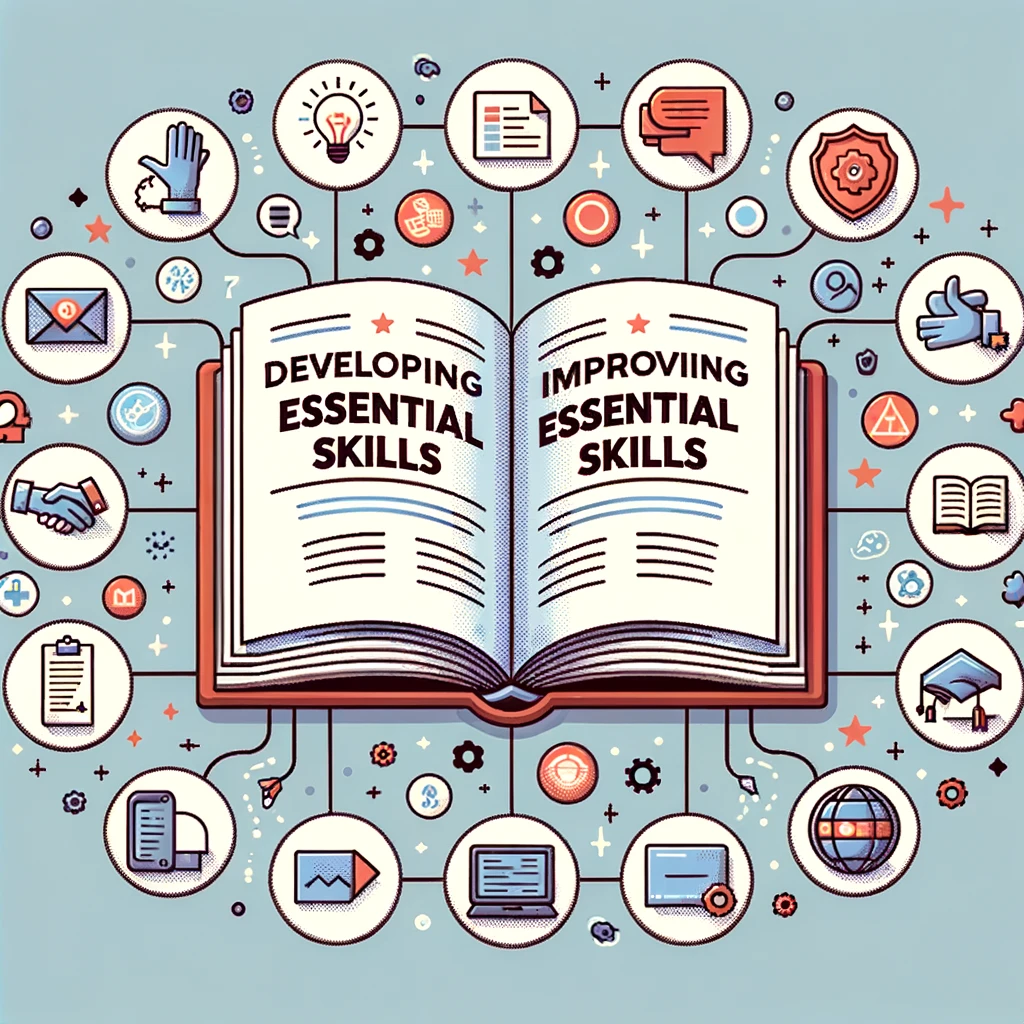Taking Control of Your Life - Boundaries, Saying Yes, and the Art of Saying No

In today's fast-paced work environment, setting clear boundaries is not just a luxury—it's a necessity. Understanding when to say yes and how to say no is crucial in balancing our professional lives and ensuring our mental and emotional well-being. Let's dive deeper into the art of setting boundaries and how it can empower us to take control of our careers.
The Importance of Boundaries
Boundaries, in the context of the workplace, are the limits we set for ourselves regarding what we will and will not tolerate. They can relate to the tasks we're willing to perform, the hours we're available, or the emotional and mental demands we're prepared to take on. These limits are essential for several reasons:
- Protecting Mental Health: Continuous work without a break, or always being "on-call," can quickly lead to burnout. Clear boundaries ensure you give yourself the needed rest and recuperation.
- Preserving Work-Life Balance: Defining what hours you're available and when you're off-duty helps keep work from bleeding into personal time.
- Building Self-Respect: When you establish boundaries, you signal to yourself (and others) that you value your time, effort, and well-being.
Knowing When to Say 'Yes'
While it's essential to set boundaries, saying yes at the right times can open doors to opportunities and foster growth. Consider saying 'yes' when:
- The Opportunity Aligns with Your Goals: If a task or project aligns closely with your career objectives, it might be worth taking on, even if it demands extra effort.
- You're Genuinely Interested: Passion can be a great motivator. If something genuinely excites you, it can make the hard work worth it.
- It Offers a Learning Experience: Even if a task is challenging, if it offers a chance to learn something new or acquire a new skill, it might be worth saying yes.
The Art of Saying 'No'
Saying no can be challenging, especially when we fear disappointing others or missing out on opportunities. However, declining can sometimes be the best decision. Here's how to do it gracefully:
- Be Direct but Polite: It's essential to be clear so that there's no room for misinterpretation. A simple "Thank you for thinking of me, but I can't take this on right now" can suffice.
- Offer an Explanation (if comfortable): While you're not always obligated to provide a reason, doing so can help others understand your decision.
- Suggest Alternatives: If possible, recommend another colleague who might be interested or a different solution to the problem.
- Practice: Like any skill, saying no gets easier with practice. The more you do it, the more confident you'll become in setting your boundaries.
In Conclusion
Establishing boundaries in the workplace doesn't mean shutting out opportunities—it means making deliberate choices about where to invest your time and energy. By recognizing when to say yes and mastering the art of saying no, you can steer your career in the direction you desire while maintaining your well-being. Remember, your worth isn't determined by how much you do, but by the quality and intention behind your actions.


